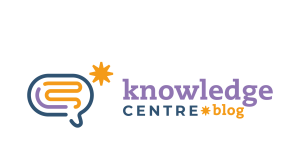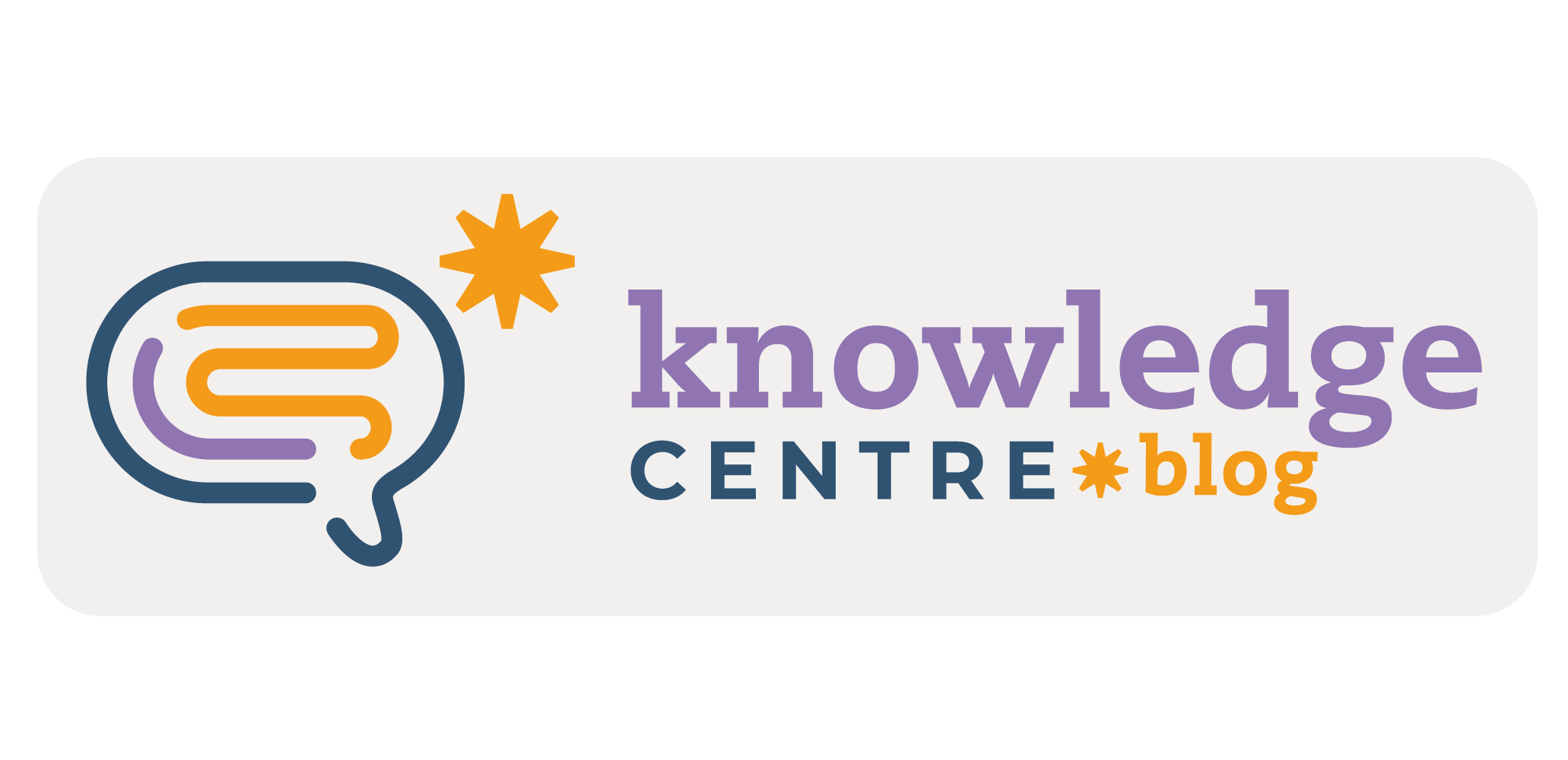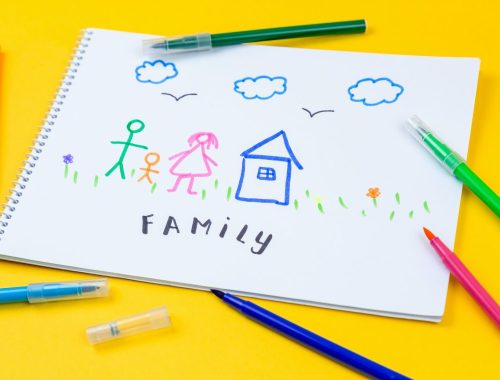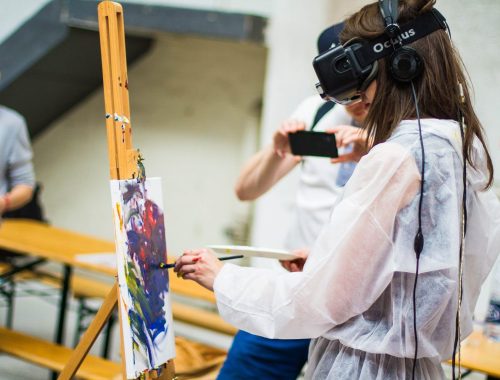
“I cannot make my students talk!”
“My students only speak Portuguese!”
“Students never interact in English, it is impossible!”
If you have ever heard one of these sentences – or even said them yourself, maybe students’ oral production has been a challenge for you. Not only is it a common setback for teachers to increase student participation in class, but the use of English adds up to that, especially when it comes to student interaction and daily classroom life, in situations such as borrowing a pencil, commenting on a classmate’s drawing, and many others. However, what have we really been doing to create an environment conducive to it?
When we talk about maximizing speaking opportunities, we must talk about student-centeredness. It is a fact that education has been expository for a long time. Changing the focus of the lesson to the learners and fostering their autonomy poses a great challenge for teachers. If our goal is enhancing learner overall production, it is only logical that they have the spotlight. Teachers, still a key part of the learning process, become facilitators, guides and supporters.
There is a myriad of factors that affect the student-centeredness of a lesson, to name a few:
- Teacher Talking Time (TTT) vs. Student Talking Time (STT)
- Collaboration and Patterns Of Interaction
- Critical Thinking and Problem Solving
Now let’s look at each of these in more detail.
Teacher Talking Time (TTT) vs. Student Talking Time (STT):
TTT is a natural part of a lesson. It may be in excess or unnecessary if the teacher provides information the learners could independently acquire. An example of giving learners the opportunity to take control of their learning process is eliciting what they already know. If a picture card is shown and the teacher provides the word before checking if any student is able to do it, the teacher is missing out on an opportunity to involve students, fostering autonomy and increasing STT. Teachers tend to provide input before analyzing students’ needs. It is always positive to involve their knowledge and check if they can contribute before providing all the answers.
“If the teacher takes the dominant role in classroom discourse in terms of initiating the topic, allocating turns and evaluating comments, the student’s role is only that of respondent. Opportunities for developing the speaking skill are therefore severely limited. If the teacher is constantly dominant and controlling, the learners take no responsibility for their own learning but learn what the teacher decides and when. Student autonomy is thus limited.”
(https://www.teachingenglish.org.uk/article/pros-and-cons-teacher-talking-time#:~:text=TTT%20often%20means%20that%20the,terminology%20and%20difficult%20to%20follow.)
In order to reduce TTT and increase STT, it is important to consider some strategies, such as: elicitation, gestures, body language, peer feedback and others. Also remember that periods of silence are important for reflection, passive skill practice and for students to formulate answers.
Collaboration and Patterns Of Interaction
There are various advantages to collaborative patterns in the classroom, for instance:
Research has shown that collaboration among learners supports and fosters effective learning. Peer interactions must be encouraged by the teacher. Varying patterns of interaction and making group work a part of the lessons is key to fostering students’ autonomy and sense of collaboration.
Student interaction may be a way to practice speaking, as long as the teacher plays the role of facilitator, monitoring and offering support, if need be. Group discussion may be supported and scaffolded to happen mostly in an additional language. Students will gradually make more attempts and interact more using the language. The more opportunities and support they get, the more used they will become. Moreover, students will help each other and thus become more independent throughout the learning process. They are also all trying the same things, going through the same experience and they will offer each other support in order to achieve their goals together.
There are many ways to group students and several different activities that may be proposed. Learners will be engaged and motivated to interact with each other and perform a different activity. For example, discussions, debates, games, projects, role-playing, peer-checking and many others.
Furthermore, students will grow closer and build up their sense of community and belonging.
Critical Thinking and Problem Solving
Along with language skills, group work and patterns of interaction, it is crucial to consider critical thinking and problem solving. Through language, it is possible to discuss and improve many other aspects of the learning process. It is also a way to increase STT and students’ overall production.
The picture below show an example of how students would be able to apply their previous knowledge when teachers use, for instance, elicitation:

(https://www.onestopenglish.com/clil/thinking-skills-for-clil/501197.article)
Students may use techniques such as comparing, exemplifying, classifying and many others, in order to check understanding and comprehension. The picture below shows some examples:

(https://www.onestopenglish.com/clil/thinking-skills-for-clil/501197.article)
Teachers may further challenge students to apply what they have learned. When this moment comes, students may work in groups, help each other in order to solve problems, implement knowledge, reflect upon the subjects and several other possibilities in which they can develop critical thinking. A by-product of that exercise would be, of course, communication.

(https://www.onestopenglish.com/clil/thinking-skills-for-clil/501197.article)
Conclusion
There are many different aspects that affect how much learners produce, especially when it comes to speaking. This article has briefly analyzed some possibilities and factors to be considered when thinking about oral production. Adding simple elements to our lessons, such as group work, collaborative activities, critical thinking elements and balancing our TTT are some strategies that may prove very useful when trying to encourage learners’ production and fostering their autonomy.
It is no use merely telling students to speak English. Wishing they do it is not enough either. When planning a lesson, it is essential to consider aspects that are involved in making the classroom a conducive learning environment, where students feel comfortable to make attempts, work together and take risks. The classroom must be a safe space in which students are part of a group that shares a common goal: to learn.
Of course, implementing new practices is a suggestion of continuous improvement and training. Perhaps, trying to change aspects of our lessons is the key to boost students’ oral production. How about attempting some of these ideas in your lessons? Tell us about it in the comments!
References
Pros and Cons of Teacher Talking Time. <https://www.teachingenglish.org.uk/article/pros-and-cons-teacher-talking-20often%20means%20that%20the,terminology%20and%20difficult%20to%20follow> Accessed on 4 Nov 2022.
Thinking Skills for CLIL. <https://www.onestopenglish.com/clil/thinking-skills-for-clil/501197.article> Accessed on 4 Nov 2022.
By Knowledge Centre





